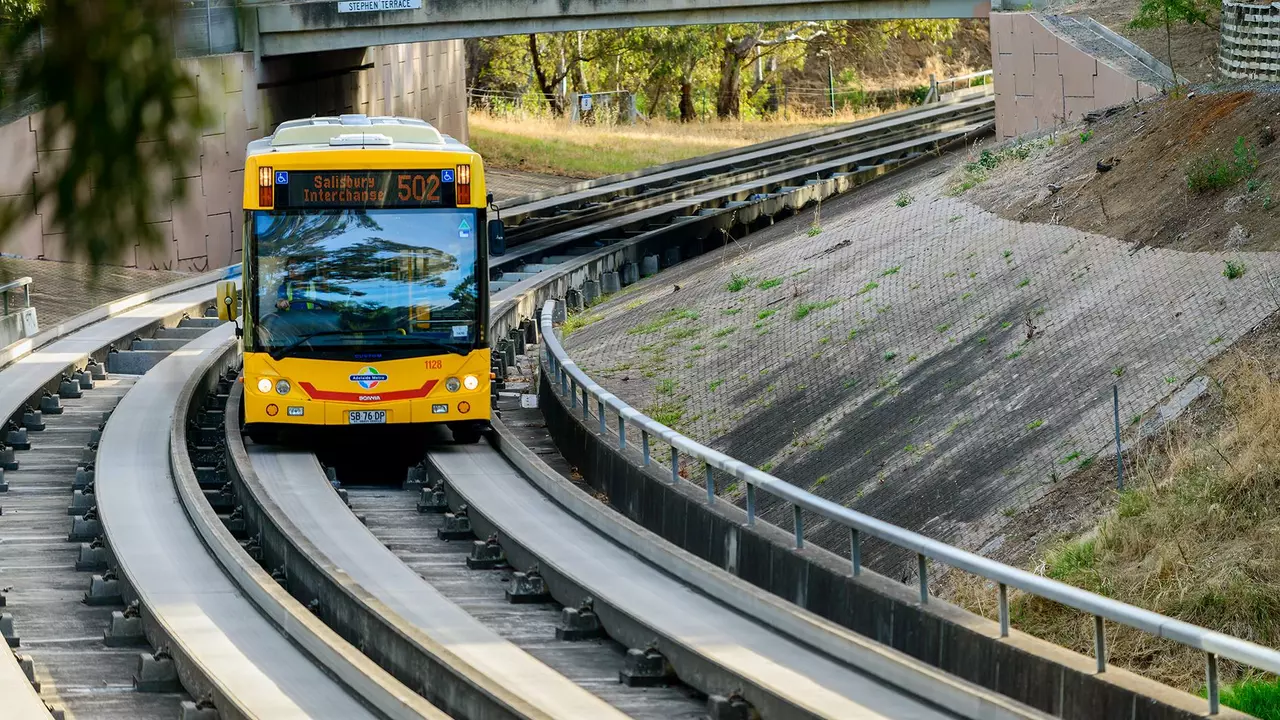Introduction to the O-Bahn
The O-Bahn busway, a unique and innovative transport system, is a landmark of Adelaide, Australia. This guided busway system, operational since 1986, is designed to provide fast and efficient public transport. It's a system that uses specially equipped buses that can travel on both ordinary roads and the dedicated track. The question then arises - Why is such a useful and successful system not replicated in other cities across the globe? Let's delve deeper into the reasons behind its unique presence in Adelaide.
Understanding the O-Bahn's Mechanism
The O-Bahn system is a mix of conventional buses and tramways. The buses are equipped with guide wheels, which allow them to navigate a dedicated track at high speeds. This system allows buses to bypass traffic congestion, offering a speedy and reliable service. The design is efficient, but it's also complex and expensive. The construction of the track and the modification of buses to fit the system is a major undertaking, which may deter other cities from implementing a similar system.
A Solution to Adelaide's Specific Challenges
Adelaide's geography and urban design make the O-Bahn a perfect fit. The city has a linear layout, with major residential areas located in the north-east, and the central business district in the south-west. The O-Bahn provides a direct, high-speed link between these areas, catering specifically to Adelaide's commuting needs. It's an example of a solution that fits the problem perfectly, which may not be the case for other cities with different layouts and commuting patterns.
Cost and Infrastructure Challenges
The cost of implementing the O-Bahn system is high. The construction of dedicated tracks, modification of buses, and ongoing maintenance costs add up to a significant investment. For many cities, lower-cost solutions such as dedicated bus lanes or light rail systems may be more feasible. The infrastructure challenges associated with the O-Bahn are also considerable. Constructing a dedicated track requires significant space and can be disruptive to existing road networks and urban areas.
Lessons from Adelaide's O-Bahn
While the O-Bahn may be unique to Adelaide, its success offers valuable lessons for other cities. It demonstrates the importance of tailoring transport solutions to a city's specific needs and conditions. It also highlights the role of innovative design in improving public transport efficiency. The O-Bahn's success in reducing travel times and boosting public transport usage in Adelaide shows that ambitious, innovative transport solutions can deliver significant benefits.
Conclusion: The Future of O-Bahn
While the O-Bahn system may not be replicated in its entirety elsewhere, aspects of its design and operation could be adopted by other cities. As urban areas continue to grapple with congestion and seek efficient public transport solutions, the O-Bahn's blend of speed, reliability, and capacity could prove increasingly attractive. Its legacy, then, may be less about the spread of the O-Bahn system itself, and more about the lessons it offers for future transport innovation.
